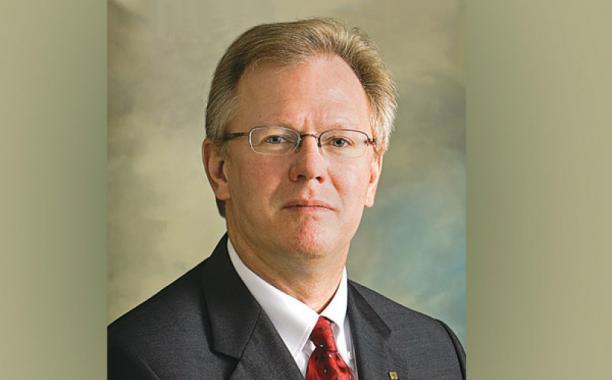
Much has been written about the disadvantages of wind and solar renewables in terms of their intermittency, their large footprint on land (and water), the extra costs to connect them to the energy grid, the requirement for duplicative back-up power sources, and other concerns. But as green energy advocates push to massively expand renewables across the globe, the potential for severe environmental and social harm comes more sharply into focus.
Especially worrisome is the cocktail of heavy metals and rare earths necessary to construct wind turbines, solar panels, backup batteries and electric vehicle (EV) batteries. Metals such as arsenic, cobalt and lithium and rare earths such as neodymium, indium and dysprosium must be mined, processed and delivered to manufacturers.
Much of the mining and processing occurs in developing economies with lax environmental regulations and little or no worker protections.
In the Democratic Republic of the Congo, for example, where 70% of the world’s raw cobalt is mined, desperately poor workers, including children, dig ore with their bare hands. Miners, as well as nearby villages and towns, suffer from contaminated air, water and soil. Exposure to cobalt has been found to cause a variety of illnesses, from asthma to cancer.
In Argentina, Chile and Bolivia, lithium extraction used in storage and EV batteries (and consumer electronics) exposes workers to health hazards and pollutes areas near the mines. Most extraction processes consume vast amounts of fresh water (up to 500,000 gallons per ton of lithium). In some cases, the resulting arid farmlands have led farmers to abandon their land and move to cities.
In China, which has the largest rare earth deposits in the world and is also the largest rare earths processor, extraction using toxic chemicals has so polluted the environment that clean-up could take 50 to 100 years. China’s use of forced labor in mining and in solar panel manufacturing has led to widespread condemnation and allegations of genocide.
Such negative environmental and human impacts will worsen as the all-green energy push gains momentum. According to Mark P. Mills, senior fellow at the Manhattan Institute and a faculty fellow at Northwestern University’s McCormick School of Engineering and Applied Science,
…any significant expansion of today’s modest level of green energy—currently less than 4% of the [United States’] total consumption (versus 56% from oil and gas)—will create an unprecedented increase in global mining, radically exacerbate existing environmental and labor challenges in emerging markets (where many mines are located), and dramatically increase U.S. imports and the vulnerability of America’s energy supply chain. [“Mines, Minerals, and ‘Green’ Energy: a Reality Check”]
The International Energy Agency estimates that for the world to achieve net-zero carbon emissions by 2050, mining for renewable metals and rare earths will need to increase six-fold by 2040.
Eventually all of those metals and rare earths, as well as plastics, fiberglass and other materials used in renewables will lead to a vast waste stream as wind turbines, solar panels and batteries reach the end of their useful life.
The European Union, an early and aggressive supporter of wind energy, boasts nearly a third of the world’s installed capacity (Global Wind Energy Council). Now nations in the European Union face a growing problem. In an article for Reuters, correspondent Arthur Neslen writes: “As the first wave of windmills reach [sic] the end of their lives, tens of thousands of blades are being stacked and buried in landfill sites where they will take centuries to decompose.”
Renewable proponents who downplay the enormous problem of decommissioning green energy systems suggest that more efficient use of source materials and recycling will help alleviate the surging amount of wastes being produced. But separating heavy metals and rare earths from spent windmills, solar panels and batteries has proven technically and financially unworkable, analysts say.
By some estimates, recycling solar panels is up to 30 times more expensive than sending them off to landfills. It is much cheaper to mine more heavy metals and rare earths and build new systems than to salvage dead ones. What little recycling is being done often occurs in developing nations where industrialized economies ship their wastes, once again exposing vulnerable workers to toxic materials.
Rushing headlong into a world of 100% renewable energy, as some green advocates demand we must do, fails to account for the environmental and social impacts of doing so.
But just because there are challenges associated with renewables does not mean we should shut them down. It does not mean we should leave heavy metals and rare earths in the ground. In fact, we support provisions in Build Back Better Act that incentivize, through an electric vehicle tax credit, an increase in domestic manufacturing and includes a collective bargaining bonus designed to encourage union production.
We need them to survive and prosper; however, we need better, more sustainable and safer ways to mine and use these materials.
The same logic applies to fossil fuels. Yes, there are challenges, but the world needs fossil fuels at least until better, more advanced solutions can be found. According to the U.S. Energy Information Administration, by 2050 energy demand will increase by nearly 50%, and fossil fuels will still be in substantial use.
Society has come a long way in cleaning up fossil fuel emissions. According to the EPA, technologies like scrubbers and precipitators have reduced annual emissions of sulfur oxides by 93% and nitrogen oxides by 87% (1995-2020 figures).
Newer, super-critical and ultra super-critical coal plants have achieved much improved efficiencies that correlate to lower toxic and greenhouse gas emissions.
And of course carbon capture, use and storage (CCUS) holds the promise of virtually eliminating CO2 emissions not only from energy generation but also from heavy manufacturing of cement, steel and other industries.
It’s time to recognize that all energy sources come with challenges, and their negative impacts must be minimized. We can’t ignore or dismiss the dangers of an all-renewable approach any more than we could an all-fossil fuel or all-nuclear or all-hydrogen path.
An all-of-the-above energy strategy remains the most sensible strategy.











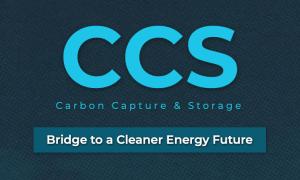
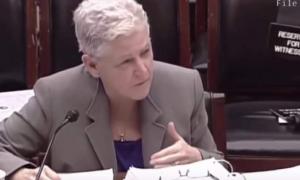



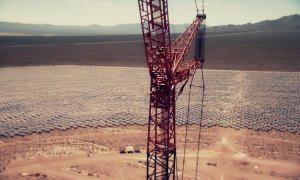
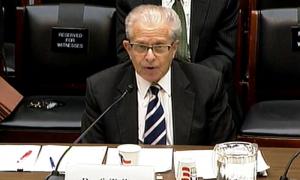
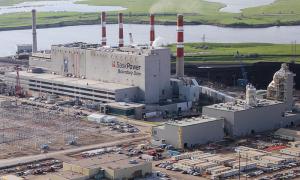
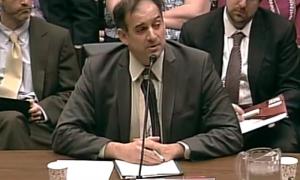
0 Comments